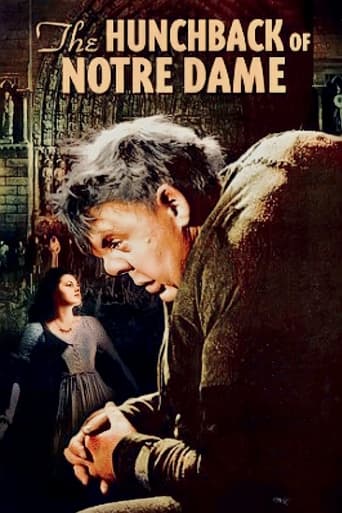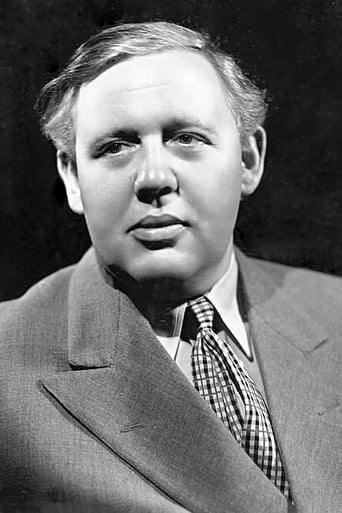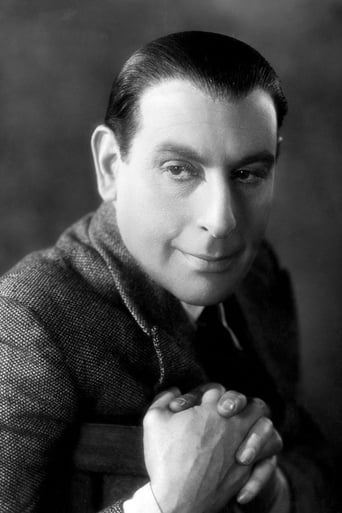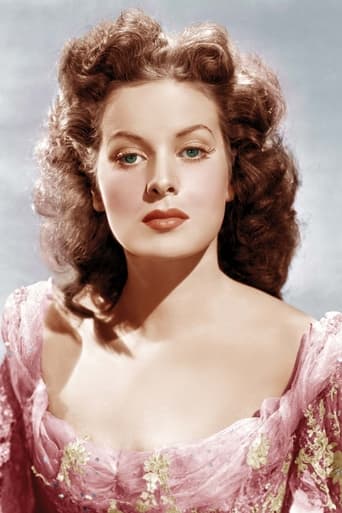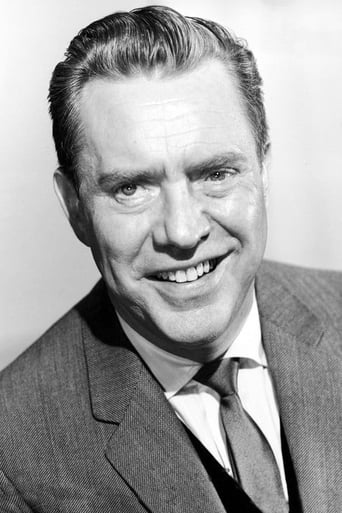Smartorhypo
Highly Overrated But Still Good
Beystiman
It's fun, it's light, [but] it has a hard time when its tries to get heavy.
Dynamixor
The performances transcend the film's tropes, grounding it in characters that feel more complete than this subgenre often produces.
Cristal
The movie really just wants to entertain people.
richard-1787
This movie has everything.A great script - which adapts Victor Hugo's classic novel about intolerance for difference as a tale of the German persecution of the Jews under Hitler. Victor Hugo's novel, like the rest of his best work, played off powerful contrasts, beauty and ugliness, goodness and evil. This movie knows how to make use of those strong oppositions very effectively.Some great acting, principally that by Charles Laughton, certainly, but also Thomas Mitchell - who had a great year in 1939 - and several of the other supporting players.The camera work and the lighting is often astoundingly effective and creative. Even as a silent movie this would be very powerful.I don't know how many times I have seen this movie. But each time I see it, I marvel at the quality of the craftsmanship.
SnoopyStyle
With the end of the 15th century and the end of the 100 Years War, the people can once again hope under the wise old King Louis XI. The gypsies are barred from entering Paris but everybody is infatuated with gypsy girl Esmeralda (Maureen O'Hara). Quasimodo (Charles Laughton) is crowned the king of fools by the crowd. Esmeralda seeks sanctuary in the church from the guards. Chief Justice Jehan Frollo (Cedric Hardwicke) tries to trick Esmeralda and sends Quasimodo to catch her. Phoebus Captain of the Guards (Alan Marshal) arrests Quasimoto and frees the girl. She falls for Phoebus and is taken in by the bombastic king of the beggars Clopin (Thomas Mitchell). Poet Pierre Gringoire (Edmond O'Brien) is kidnapped by Clopin's men and Esmeralda saves him from hanging by promising to marry him. Frollo rounds up all the gypsy girls in search for Esmeralda. Quasimoto is flogged in the town square and only Esmeralda shows mercy by giving him water. Esmeralda is invited to dance for a grand party. Phoebus is flirting with Esmeralda and then next, Phoebus is found stabbed to death. Jehan admits to the stabbing to his brother archdeacon Claude Frollo and railroads her for bewitching him. Esmeralda is convicted of the murder and sentenced to hang. Clopin, Gringoire and Quasimoto all try to save her.The movie comes alive whenever Charles Laughton's Quasimodo comes on the screen. He embodies so much humanity. He is so pitiful in the hands of the fickle crowd. Newcomer 19 year old Maureen O'Hara is beautiful and shows real power acting opposite Laughton. Cedric Hardwicke is a solid villain. The movie suffers a little whenever Quasimodo isn't on the screen. It's not as good but only by comparison. The production is grand with large crowds and sets. However it is one performance above all that elevates this movie.
alex_unnamed
A beautiful movie! Having not yet read Hugo's novel, but being aware, of course, of the well- known story, I was very captivated by Dieterle's version. The performances are very fine: Charles Laughton in the title role is supported by a very able cast - the never-less-than-beautiful Maureen O'Hara, a very young (and, quite surprisingly, good-looking) Ed O'Brien in his film debut, Harry Davenport, the ubiquitous Thomas Mitchell, and Cedric Hardwicke, whose performance I found to be the most impressive. The black and white-cinematography by Joseph H. August is very adequate, capturing the atmosphere one might have of the time and age beautifully (at least, the one in my mind), and so is Alfred Newman's score, which, unlike many other scores of that era, did not drown the film in a constant and often annoying soundscape. In fact, there are quite a number of scenes that might well have worked in a silent movie - the scene where Gringoire, the O'Brien-character, gets harassed by beggars comes to mind, for example. Running close to two hours, the movie nevertheless never loses steam; the multitude of interesting characters and the fine execution (of the novel, not the characters) made me put the novel up on my wish list for the next birthday presents. Very recommended!
LeonLouisRicci
Every aspect of Charles Laughton's portrayal is amazing. The body, the face, the walk, the dialog, and the soul are all creations of a believable beast with the heart of a lovable lamb. He carries the film through the beautiful production with creepy gargoyles as his companions.This was made at the zenith of the Hollywood Studio system and is a grand effort full of wide touches of population mixed with focused characters of every level of this tumultuous society. It is the beginning of the age of reason and the church and state while portrayed here as caring institutions with some bad elements is a bit of a stretch.The gypsies are the trod upon group but, alas the citizens are willing, ignorant mobs of sadists and are horrendous hateful hordes. The film is not very sympathetic to the real political problems of the era, hampered by the code that allowed no attacks on Religion. But that is the films only inherent flaw and can be forgiven for the rest that is artful entertainmentThe relationship between Quasimodo and Esmeralda could have been a bit deeper but their separate stories are just as compelling apart. When they do interact it is more shallow than one hopes for but one can always hope for more, even though there are riches in abundance.
